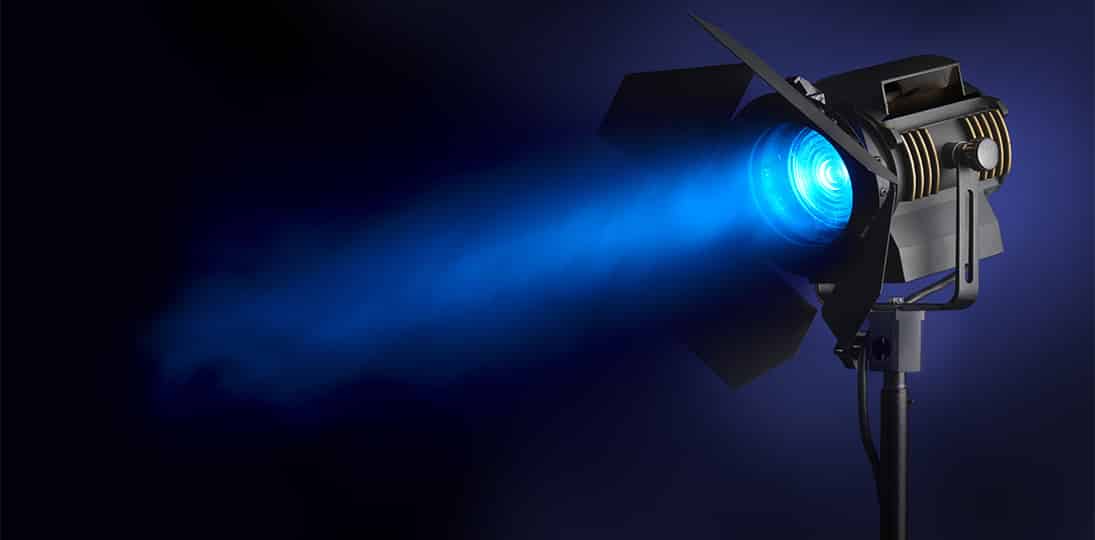A 1968 brochure in Sweden for some of Andy Warhol’s work famously said, “In the future, everyone will be world-famous for 15 minutes.” In the modern age, with Web 2.0 and social media, this has never seemed truer. A recent study shows that Millennials check their phones over 150 times a day, and an earlier study revealed that seeking information, especially about yourself, releases dopamine in the brain.
Over half of Millennials feel that technology has improved their relationships, and 73% say that technology gives them a better work-life balance. This new generation is the fastest growing segment of the workforce (by 2025, over 75% of workers will be Millennials), make up the vast majority of university students, and their children (Generation Z, who are even more tech-savvy) are currently enrolled in K-12 schools.
There’s much talk these days of using digital signage to provide a more “consumer-like experience” to people, and since one of the ways people use technology is to see themselves and others, your digital signage messages can tap into this trend. One way to do this is to display profiles on your digital signs.
When you think of profiles, you probably think of people. You may already show welcome messages for visitors or new members of the team, but what about everyone else? Highlight everyone, from department heads down to the custodial staff. These can be on anniversaries, or just in the regular playlist rotation. For profiles of people, consider including:
- A picture – A clear picture that lets people recognize the person being profiled; portrait orientation is preferable. You could also include baby pictures or casual shots that show the person outside of work. More personal content helps people connect to the profile.
- Professional data – Their name, job title, maybe something about what they do in your organization; could include recent milestones or awards, or current projects they’re working on.
- Personal data – Where they grew up, what neighborhood they live in, their hobbies and interests, if they have pets, etc. Seeing that Rick Deckard is the head of the IT department could possibly be interesting to others, but the fact that he collects vintage science-fiction magazines, or that he loves action movies, is likely to be interesting to more people. Suddenly Rick isn’t just a department head, he’s a person. You could even get a quote from him to use, or include the punchline to his favorite joke, or have him write a ten-word bio.
You can color code backgrounds for profiles – use one color that is used for nothing but spotlight messages, for example – or you could color code according to department, or years with the organization or using other criteria.
And you don’t have to lead with the professional information. If, for example, you find that a group of people who work for or with you are avid wine drinkers and collectors, you might consider grouping all of them together, emphasizing this aspect of their lives first, with professional information after.
By including messages like these in your digital signage playlists, you humanize your organization, showing people that they have things in common with others besides working for the same company or going to the same school. By highlighting a specific individual, you also remind people about that person’s area of expertise. If you display the profile of a volunteer, you not only let people know who that person walking around the facility is, but you also remind them that there are volunteer opportunities available. In fact, the next message in your playlist might be about just that.
Of course, you want to spotlight people not put them on the spot, so always allow people to opt out of having a profile message about them. And allow people who don’t mind being on display to edit the information about them before putting the message up on electronic signs. The whole idea is to have something fun that connects people, not to be intrusive.
You don’t have to limit yourself to people, however. Products and services can also get a profile. Even items and equipment available on site can get a mention – how many people know about the new vending machine or the high-speed color printer?
Even a location can get attention. Many hospitals and schools have buildings names after someone – who was that person? All the students know they go to Lawrence Cook Middle School, but how many of them know who Mr. Cook was or why the school is named after him? And what about mascots – why is the school’s mascot the mustang, and who was the artist who drew it?
Mascots or characters for various initiatives can get their own spotlights, as if they’re people. Maybe you have a healthy eating initiative and your mascot is an ear of corn, or a smiling leaf represents your green initiatives. Let people know about this character with profile messages.
In fact, personifying things like mascots, and even products, equipment, series and the like can help make these things seem friendlier and more accessible. Instead of just a message that says, “We have a new widget”, word it as “Meet our new widget”. Available software and apps can also get highlighted in this way. Anything can have a profile.
Spotlight profiles can also be integrated into your social media efforts – a digital signage message about Dean Wormer also makes a great Facebook or Instagram post.
Creating profiles for people and things associated with your organization adds a personal touch that is certain to be appreciated. It helps build a sense of community, and lets people know about important and interesting aspects of where they are and what the organization offers. Most importantly, it connects people to others through familiarity and common interests. Rather than being alienating and impersonal, technology can help weave an organization of any size into a cohesive whole.
